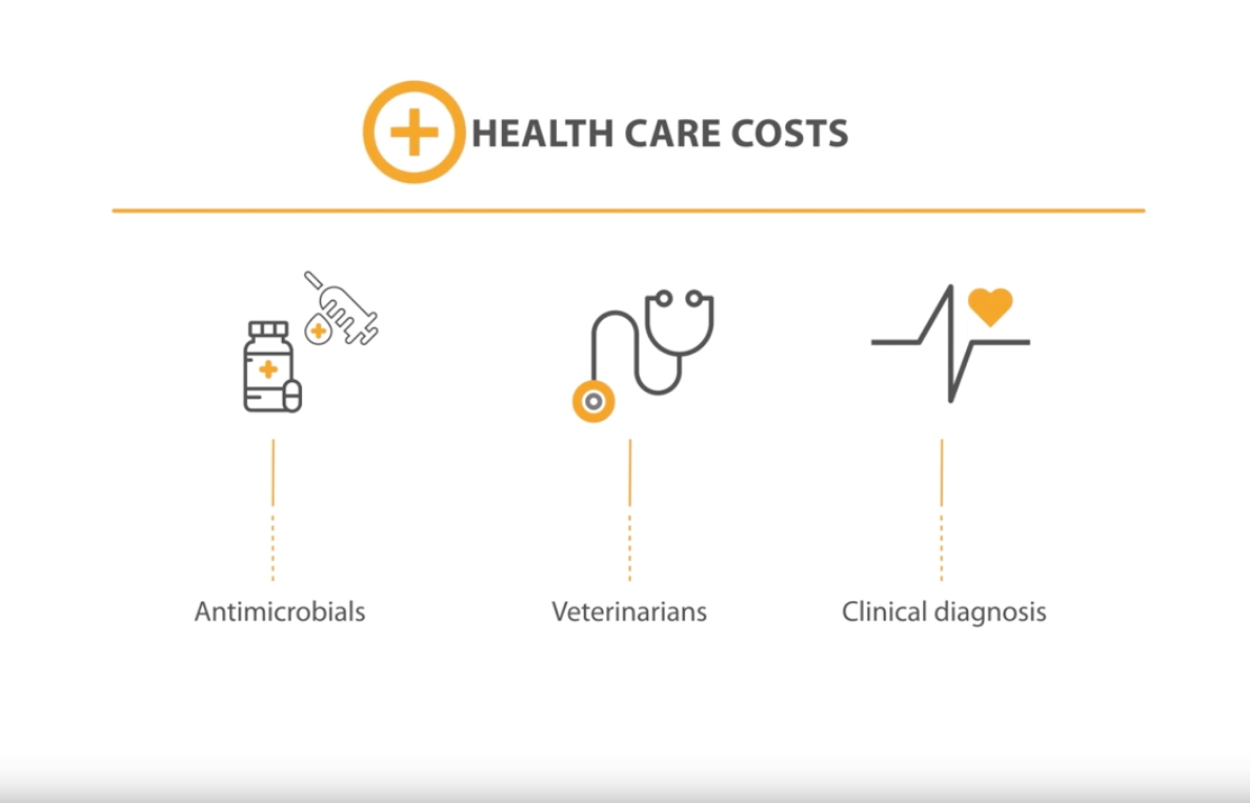
The Disease
Epidemiology of ileitis
Not much is known about the epidemiology of L. Intracellularis.
These are the reasons.
INTRODUCTION:
Ileitis or Porcine proliferative enteropathy (PPE) is widespread in swine herds in different production systems (30-93% of farms are infected) and in all parts of the world(1,2,3,4,5). Serologic studies have shown that the prevalence of Lawsonia intracellularis positive herds range from 60 to 90% in different countries(6).
The economic impact of ileitis on the swine industry was estimated to be very high, with values ranging from $20/sow/year in Australia(7), to $20 million/year in the United States(8).
Despite its importance, we still do not know much about the epidemiology of L. intracellularis, especially regarding the sources of infection, the resistance of the bacteria in the environment and the possible biological vectors that could spread the infection between farms.

History and Etiology of ileitis
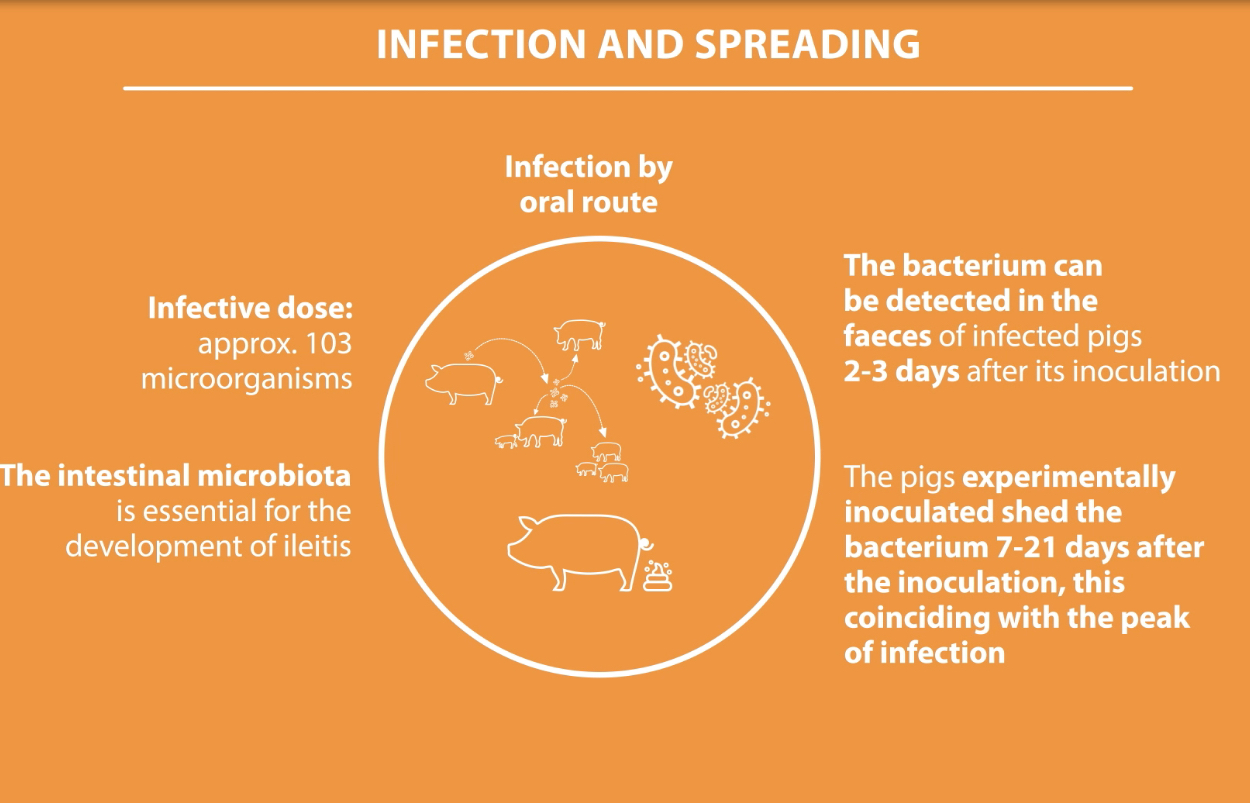
Pathogenesis of L. Intracellularis
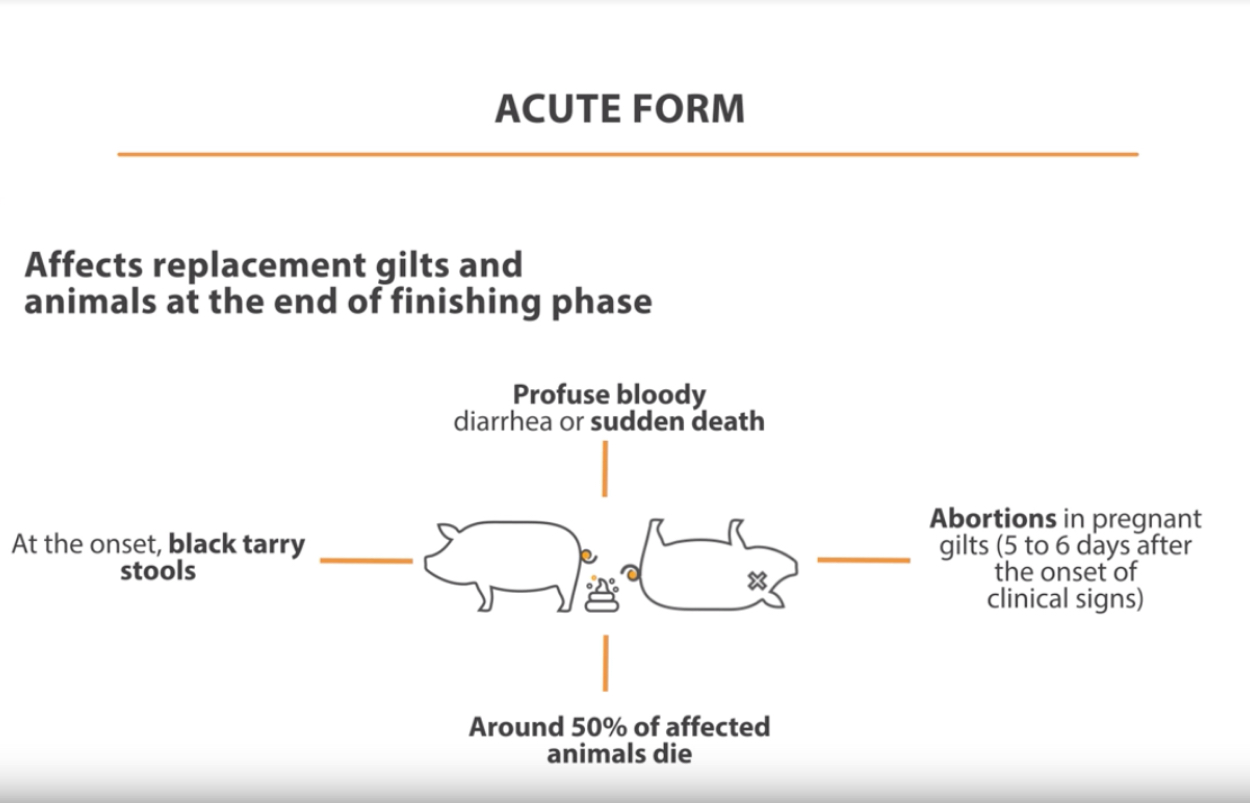
Clinical signs and forms of ileitis
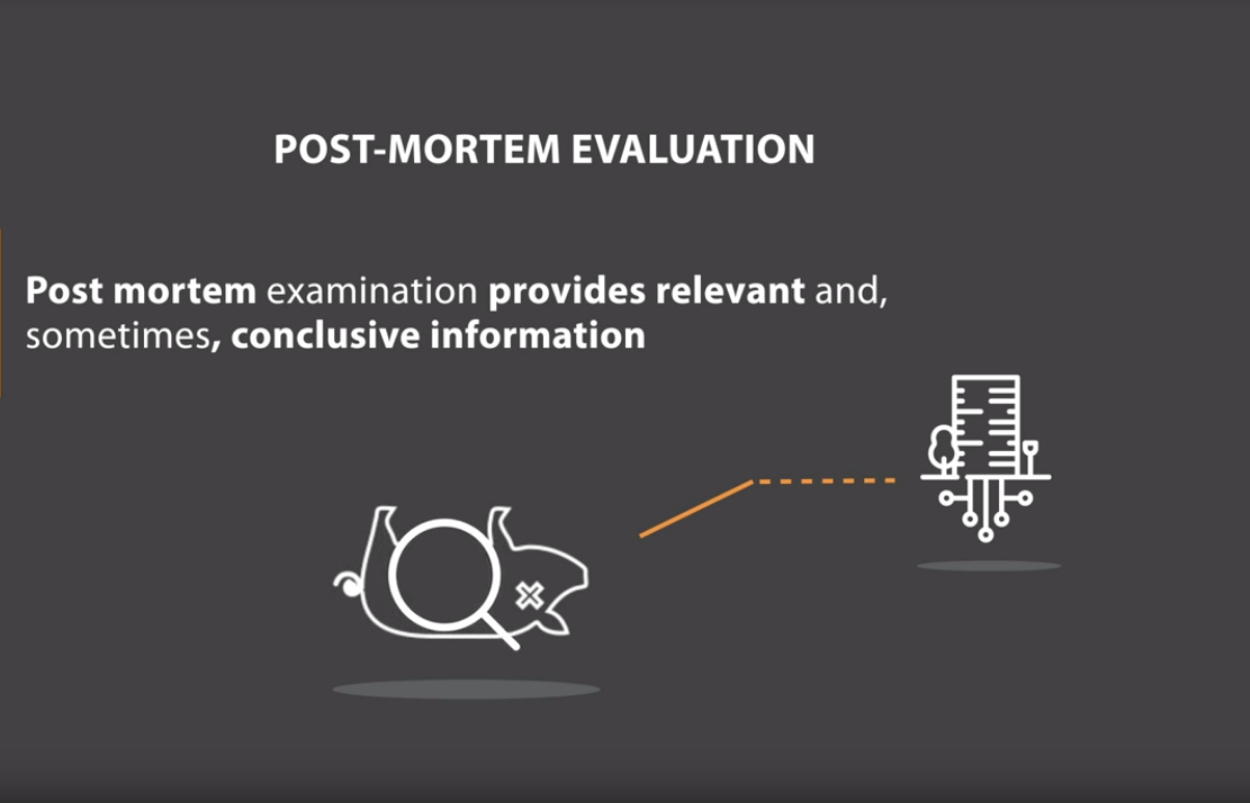
Diagnosis of ileitis
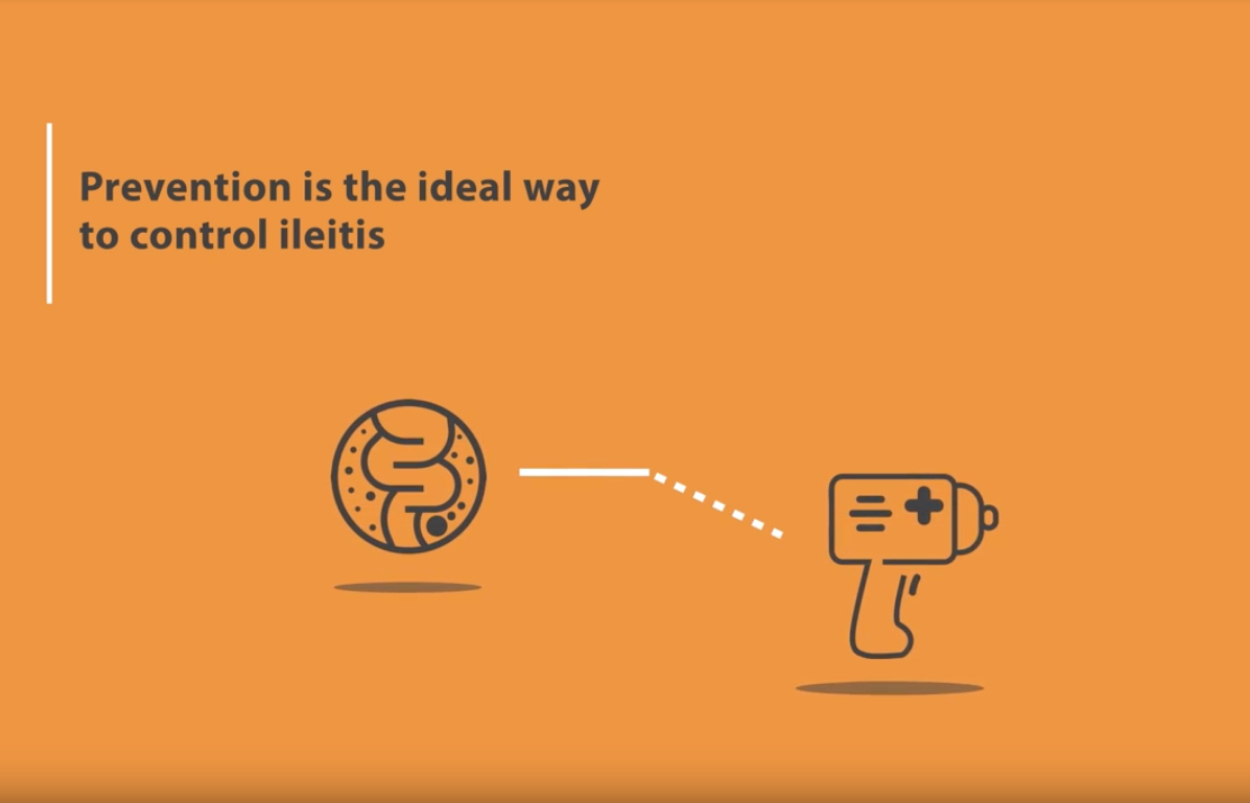
Treatment of ileitis
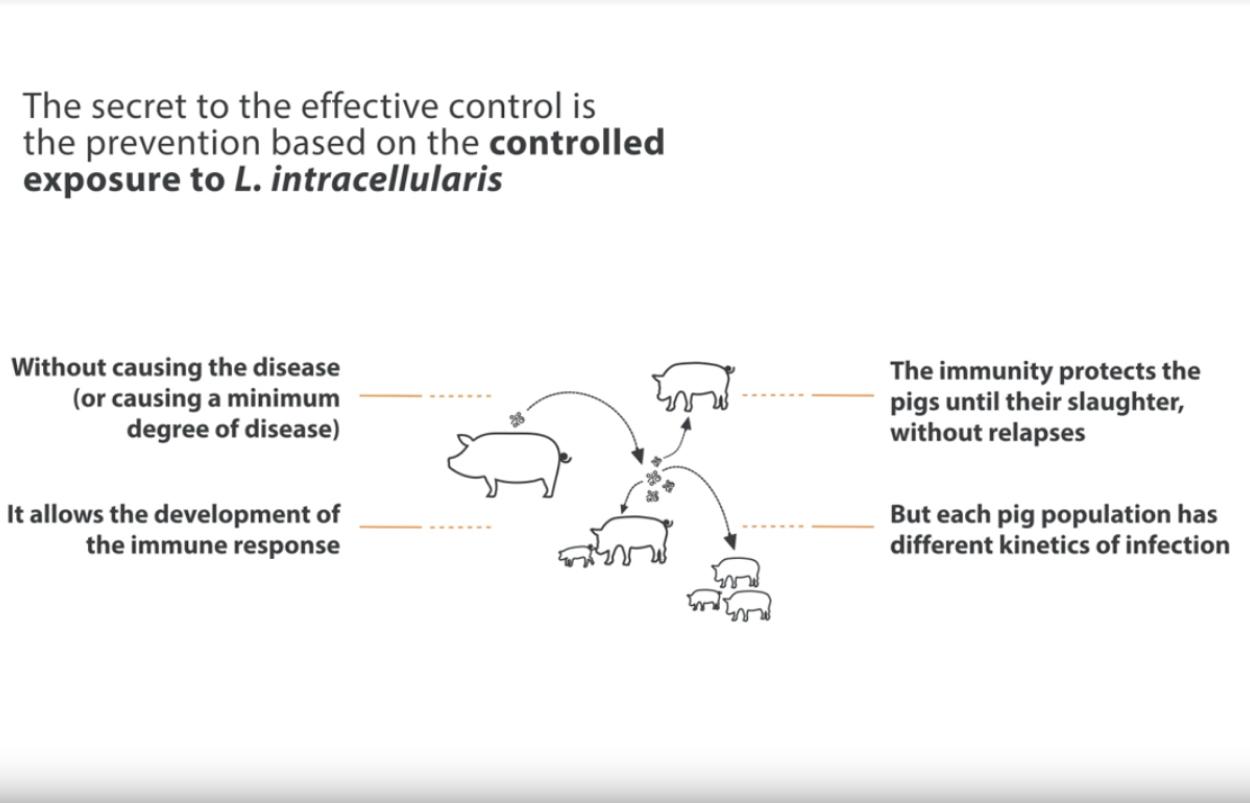
Prevention of ileitis
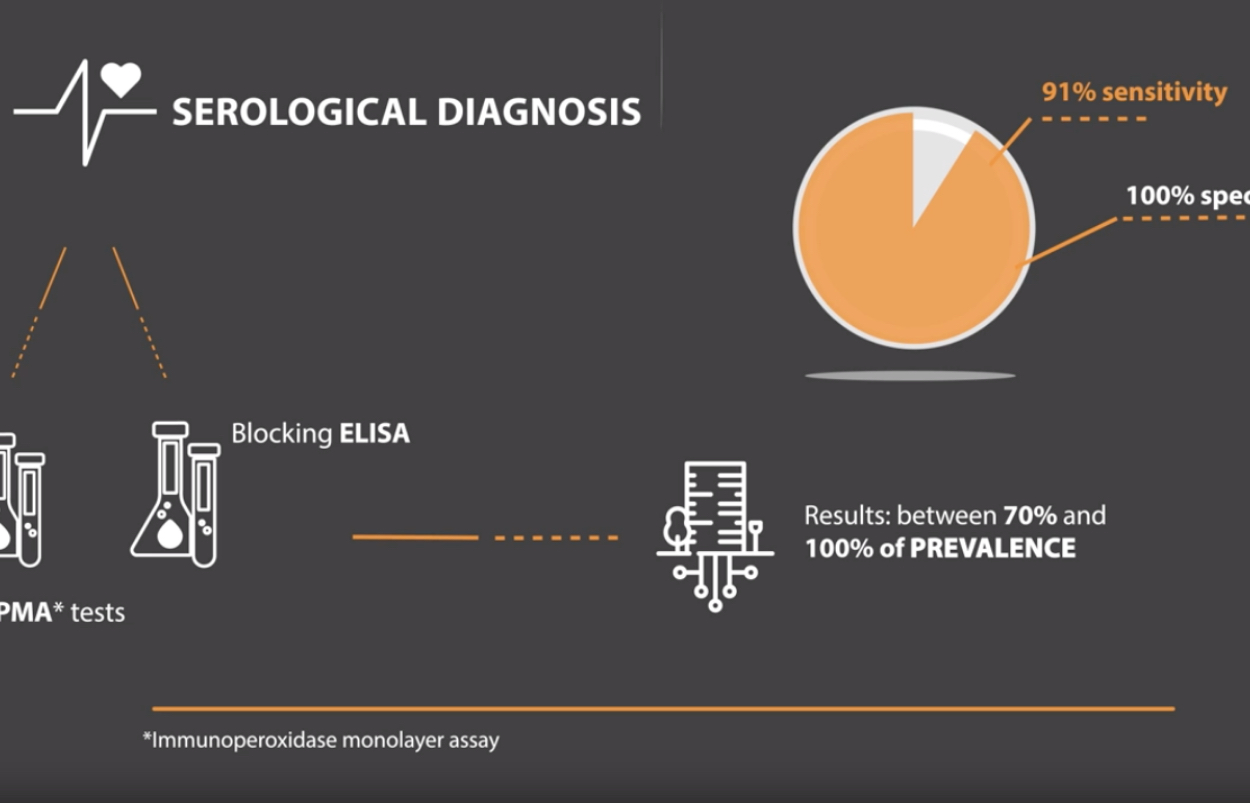
Prevalence of ileitis
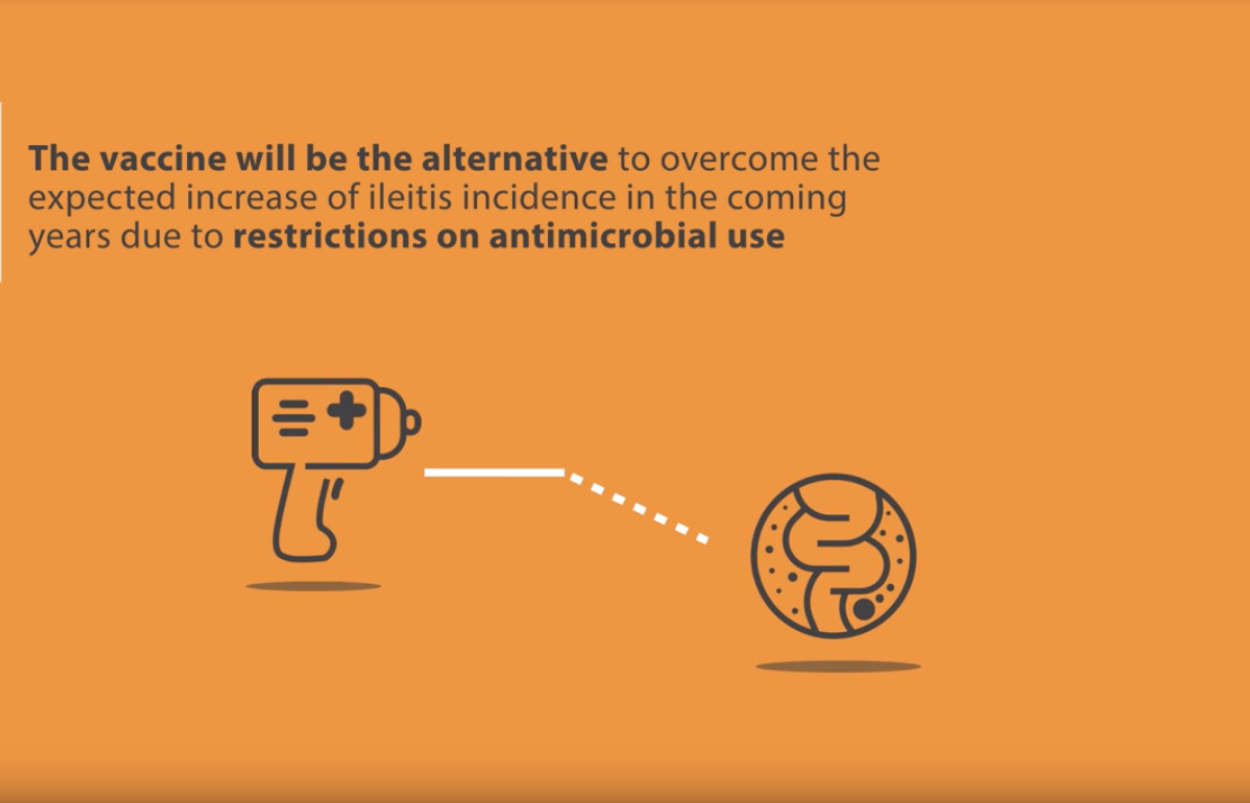
Potential impact of the reduction of antibiotics
